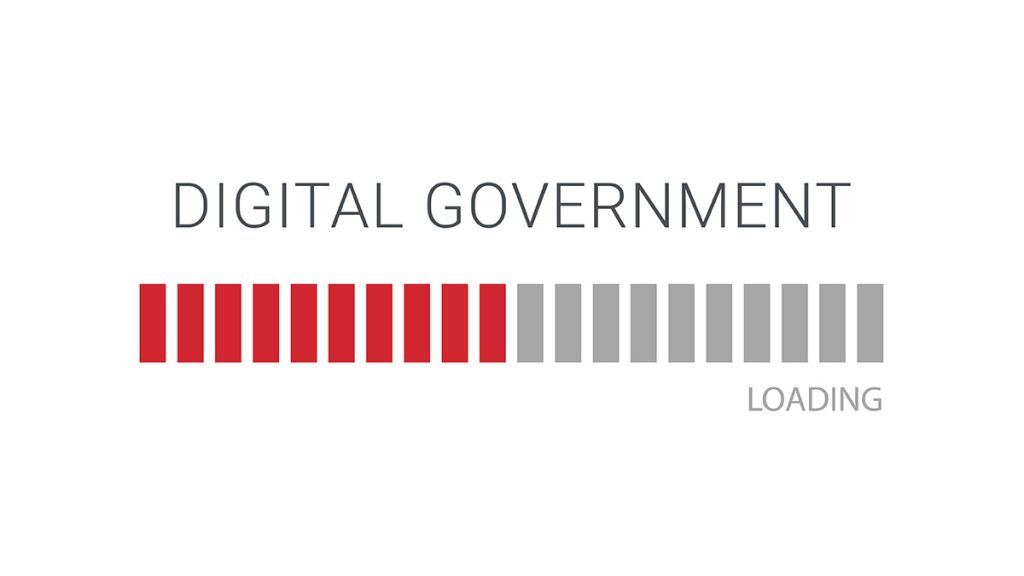This is the third part of our three-part blog series looking at how the digital government agenda around the world is being enabled by APIs.
So far, we have looked at the importance of an API-First approach in government and identified the benefits of digital government models (notably improved citizen experience, innovation, and security).
So how can governments get started?
Across the globe, governments are already introducing digital systems to share and make better use of data, to provide online services to citizens and businesses, and to enable citizen engagement and consultation. Take, for example, Decidim, one of several digital platforms available to aid governments to consult with citizens.
In general, we found that governments progress through three stages of digital maturity advancement when moving their processes and operation into the digital realm:
- Open data;
- Open services;
- Open governance and participation.
Maturity level 1: Open data
At this stage, governments begin opening up their data resources through open data portals and the publication of more data on government operations, infrastructure, service delivery, and society.
Key opportunities at this level
Data can be used as a raw good for use in new products and services, creating greater economic value. In the European Union alone, data are estimated to generate an 829 billion euro’s value by 2025.
Millions of citizens use apps that are based on the open data provided by governments. For example, in the UK, Transport for London offers over 80 services through a free unified API to over 13,000 developers.
These services power more than 600 apps that are being used by 42 percent of Londoners and are estimated to boost London’s economy by 130 million euros a year.
Maturity level 2: Open services
At this level, governments start creating online services where citizens and businesses can interact directly via digital channels. Governments create APIs for functionalities that can be shared across departments (such as identity verification, application form completion, payments, etc.).
These shared services via the API can be opened to stakeholders and chained together as reusable components when building digital services and products.
Key opportunities at this level
Governments can generate substantial cost-savings by creating shared services APIs. These services can also be securely exposed to external stakeholders to generate additional value.
For example, the French Government’s Financial Information System Agency (AIFE) has saved an estimated 710 million euros each year by reducing processing time and streamlining invoicing processing services across 15 French ministries and their agencies.
Maturity level 3: Open governance and participation
At this level, governments seek to leverage digital mechanisms to increase transparency, engagement, and participation by all members of society.
By exposing services and data to create new channels of digital engagement, governments can work in partnership with citizens and businesses. They can also build greater cooperation among different internal governmental agencies and with other governments.
Key opportunities at this level
Digital processes can foster an active, participatory citizenry and cross-government cooperation (both within a government organizational structure and between governments). For citizen engagement, governments are experimenting with new platforms that link neighborhood plans with consultation mechanisms to allow regular feedback on decision-making.
For cross-governmental cooperation, APIs are enabling departments to work together in new ways on shared infrastructure platforms. With industry partnerships, governance processes that create API standards are used across the industry to help local businesses scale their solutions to larger markets and drive economic development.
For example, in the United States, the Internal Revenue Service (IRS) has been able to process citizen and business tax returns, and enable businesses operating globally to transact seamlessly with government services from anywhere around the world, reducing the costs and administration of tax compliance.
Summary
While we have found governments mature through each of these levels, it is not a strictly linear process. But as governments see the benefits of opening data, the appetite to move towards creating digital shared services grows, and so on as governments adopt more digital processes.
This also reflects demands from local citizens and businesses who increasingly prefer to engage with governments at any time, from their mobile or online, rather than in-person during office hours.
Governments are encouraged to download and read through our public sector white paper whether we can not only describe the benefits and models of digital maturity but also describe our “6A” implementation model which describes how governments can move from organizational alignment to planning, to action, to evaluation to generate the benefits of digital government processes.
Download the white paper, “Better governance, one API at a time.”

Follow us on social